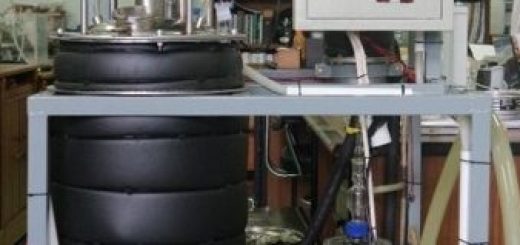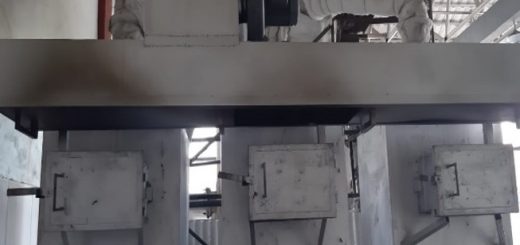The increasing need for alternative renewable energy source is forecasted to increase cellulase demand due to its ability to break down cellulose in lignocellulosic materials such as agricultural waste into smaller sugar units. The resultant sugar units are cellobiose and glucose that are useful for bioethanol fermentation and subsequent fine chemical production. It was calculated that cellulase cost accounts for ~40% of total bioethanol cost. Cheaper cellulase production could be achieved using solid state fermentation method compared to conventional submerged fermentation method, mainly due to its ability to use cheap agricultural waste as carbon source and cellulase production inducer. Empty Fruit Bunch (EFB), which is produced in scale of millions tons in Indonesia, holds a potential to be used as the sole carbon source in solid state cellulase fermentation, as shown in some literature. Therefore, this study is aimed at understanding effect of solid state fermentation parameters, namely solid to liquid ratio, temperature, and pH for cellulase production.
Two fungi organisms, namely Trichoderma viridae (TV) and Trichoderma reesei (TR) were used for extracellular cellulase production. The microbes were grown on potato dextrose agar slants. Spore suspensions were added into erlenmeyer flask containing the dried EFB and supplemented with additional nutrients. The nutrients were adjusted by using either HCl or NaOH, which were subsequently used to study the effect of pH on fermentation. Extracellular cellulase enzyme was extracted by using simple contact method with citrate buffer.

Figure 1. Fermented EFB after incubation. Note: Presence of the fungi growing in EFB are inside the red circle.
Contact person:
Vita Wonoputri, Ph.D. (vita@che.itb.ac.id)




